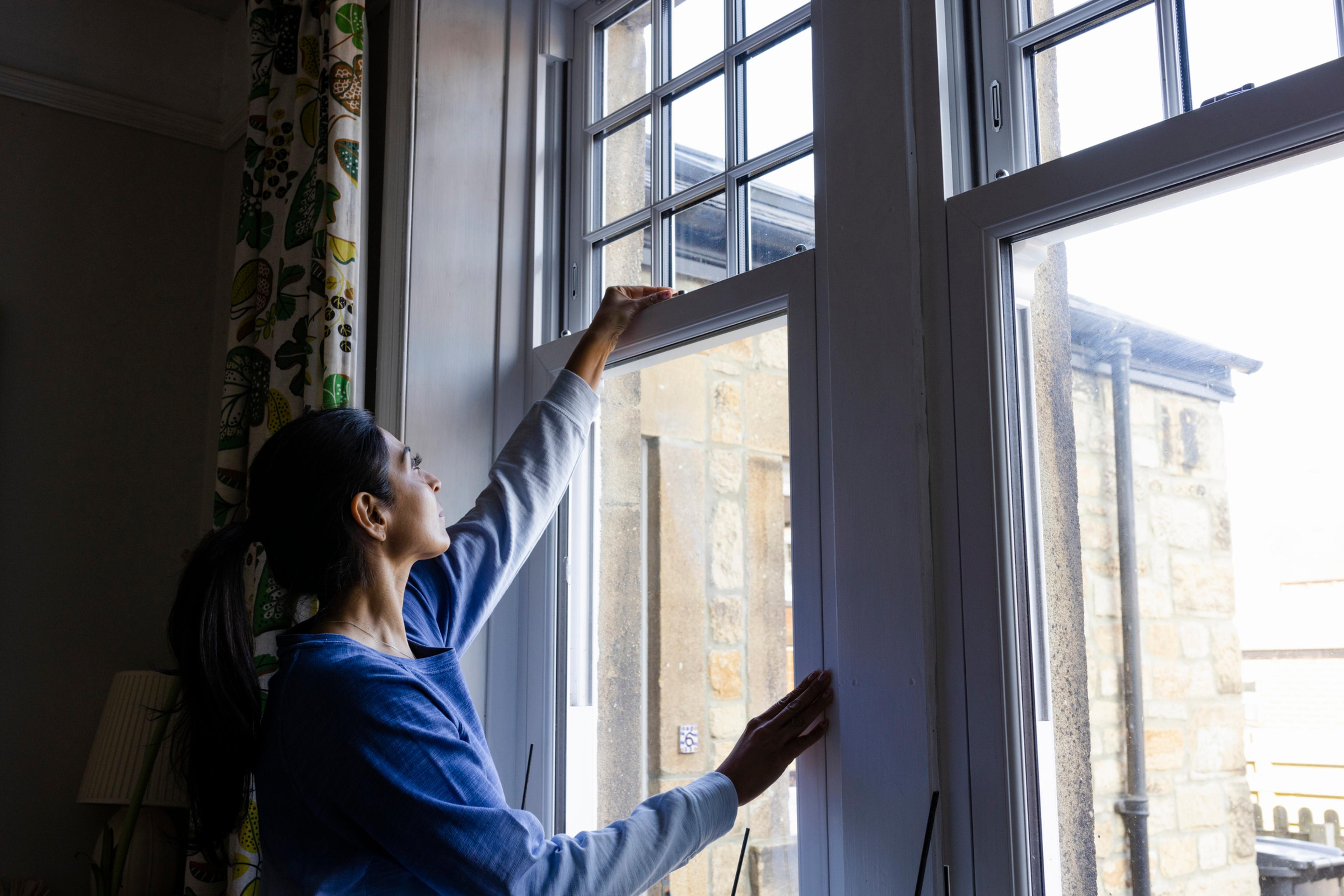It’s fall allergy season: Ugh!

Mike Miller
| 3 min read

We’re right in the thick of fall allergy season. It typically begins mid-August and runs until the end of September. Thanks to several factors this year’s season started a few weeks earlier and will end as much as a month later, a trend that has been in effect for the last several years.
In its annual rankings, the Asthma and Allergy Foundation of America (AAFA) lists the top 100 “Allergy Capitals” amongst US cities. Considering aspects like volume of pollen in the air, medication usage, and availability of allergy specialists in an area, each city is ranked.
While Michigan manages to stay out of the top 10, both Detroit and Grand Rapids are in the top 40. Not the best news.
The heavy precipitation of our last winter coupled with the following rapid rise in warmer weather is the major reason this season will last longer. Pollen production, specifically ragweed during the fall season, ramps up earlier and ends later.
Climate change is also to blame for “supercharging” the pollen in our air. The increased carbon-dioxide emissions have fueled even greater than usual pollen levels, with some specialists finding the pollens to be stronger and more effective in creating allergic reactions.
Additional components include higher than normal levels of outdoor mold in the air due to flooding and ”super storms,” plus an increase in the dispersion of allergens thanks to tornados and the high winds of hurricane season.
While not much can be done to mitigate these factors short of moving, several options are available to prevent and alleviate reactions.
Possibly the most overlooked option in the treatment and prevention of allergies is to simply get a diagnosis. See your doctor. Have your allergies confirmed. Understanding what allergens trigger a reaction allows you to both prevent and reduce exposure while offering better-targeted treatment options.
An awareness of allergen conditions can prevent exposure during peak times. One can find pollen counts and air conditions from a variety of sources: allergy or weather specific websites, mobile applications and local news broadcasts are just a few.
If you simply cannot avoid exposure, measures can be taken to minimize your contact with allergens. Sunglasses and hats are excellent for keeping irritants out of your eyes and off of your hair and face. Wearing a surgical mask will help prevent inhalation as well.
Being proactive with treatment is key. It’s important to begin treatment when symptoms first present. Waiting only prolongs the suffering. There are many options when it comes to using medication, prescribed or over-the-counter.
Antihistamines, which aid in the relief of symptoms like sneezing, congestion, and runny nose, and decongestants that reduce stuffiness by shrinking swollen membranes are the most common medicines used for allergies. These medications come in the form of oral medicines, nasal sprays and eye drops. Nasal steroid sprays are the most frequently prescribed prescription medication for allergies.
Some more natural remedies are available too, as we explored in a previous post on Spring allergies.
We may be in the heart of this year’s fall allergy season, but it’s never to late to seek help in understanding your condition and controlling the symptoms.
If you found this article helpful, make sure to check out:
Photo credit: joiseyshowaa





